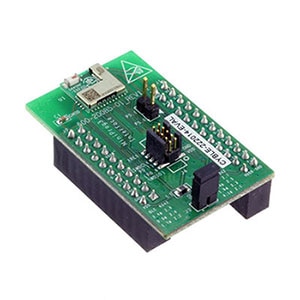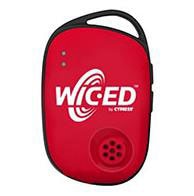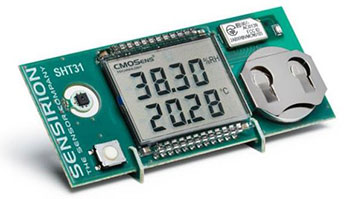Bluetooth Modules Make IoT Design Easier
More and more products are connecting to the internet every day. The dilemma the designers of these products face is how to get them connected easily and for the lowest cost.
One method that used to be common practice is to design your own RF module and get it certified in the complete system design. If the design fails the certification testing, you have to modify what you have in an attempt to correct the problems found by the certification testing and send it back for certification again until it finally passes. The cost of this certification can run $10,000 or more and take up to six weeks to complete. But the plus side of designing your own RF module is that you can reuse it in the next product you design and dramatically reduce both your overall design time and the certification costs.
 The CYBLE-222014-EVAL Board
The CYBLE-222014-EVAL Board
Another avenue a designer could take is to use a pre-certified RF module is their design. The benefits of using these modules include fast design integration time, a faster time to market, and a zero risk of failing RF certification testing. One of the drawbacks usually stated for using modules is that they have a higher cost per unit than those that are designed from scratch. However, if the costs of engineering time and certification are figured in, this may not be the case in all instances.
The main reason an RF module is put into a product is to get it connected to a network of some sort and ultimately to the Internet of Things (IoT). Depending on what the product is, there are a variety of protocols one can use to establish this connectivity such as ZigBee, WiFi, and Bluetooth.
One of the more interesting protocols is Bluetooth. In the past, Bluetooth was mainly a point-to-point connection which linked devices to a terminal (e.g., connecting headphones to a cell phone). Recently, some manufacturers have created proprietary mesh networking capabilities utilizing Bluetooth connectivity (see Bluetooth® Brings Its Mesh Networking to the Internet of Things), and the next version of the Bluetooth protocol will be adding mesh networking to its specifications. Right now, Bluetooth 4.2 allows direct internet access by using Bluetooth over IPv6 to support the connected home along with other IoT applications. Bluetooth is on its way to being the go-to protocol for all low-power networking needs.
Bluetooth modules, such the Cypress EZ-BLE™ PRoC™ Bluetooth 4.2 Module, offer designers an easy way to add connectivity to their products. This module is fully certified and includes onboard crystal oscillators, a chip antenna, and a royalty-free BLE stack compatible with Bluetooth 4.2. It also supports some peripheral functions like ADCs, timers, counters, and PWM along with some communication protocols including I2C, UART, and SPI through its programmable architecture.
To further help designers evaluate and develop applications, Cypress offers an evaluation board, the CYBLE-222014-EVAL
The CYBLE-222014-EVAL can be programmed and developed with the Bluetooth low energy pioneer kit, CY8CKIT-042-BLE-A, or the MiniProg3 debug kit CY8CKIT-002 and PSoC Creator. With all of these tools, a design’s time to market, and thus overall development cost, can be greatly reduced – saving both time and money.
Using pre-certified modules for your RF design can save a lot of design time and certification headaches. Considering this and the fact that there are many tools available to aid with the design and development process with modules, serious consideration should be given to incorporating RF modules into your next connected design.

Have questions or comments? Continue the conversation on TechForum, Digi-Key's online community and technical resource.
Visit TechForum












